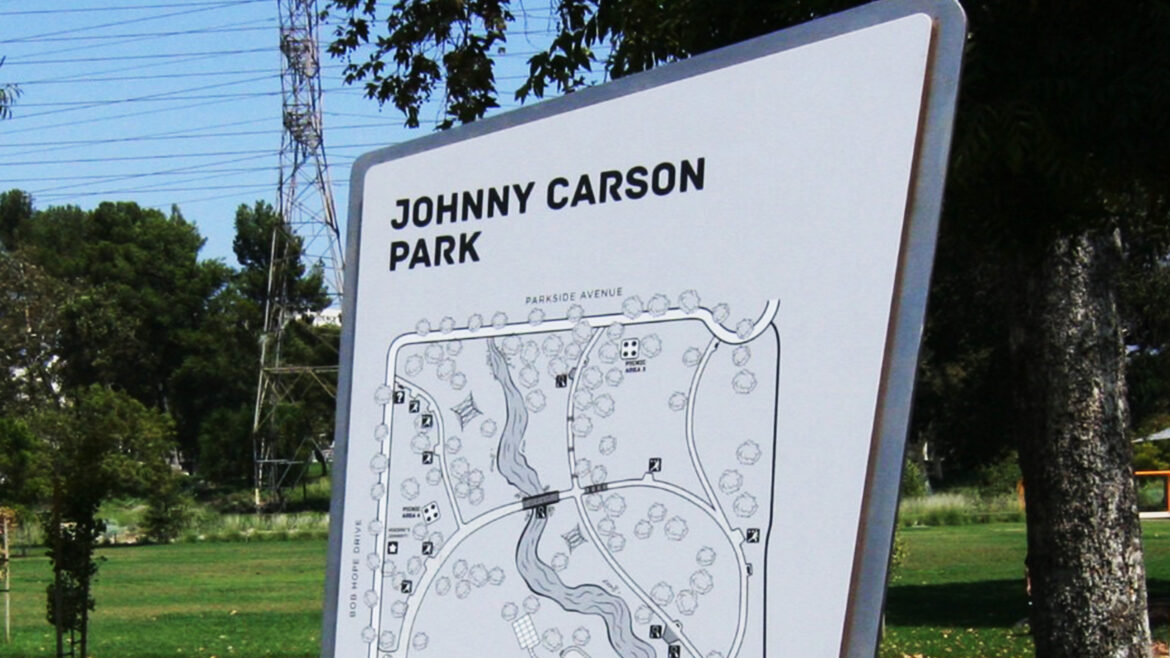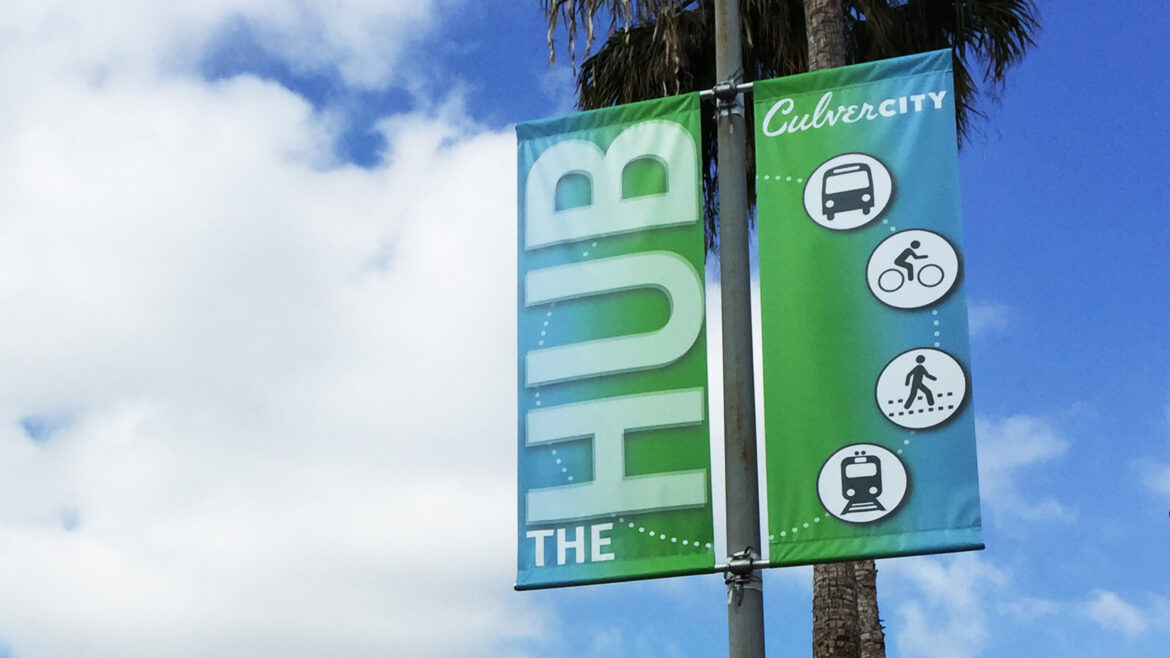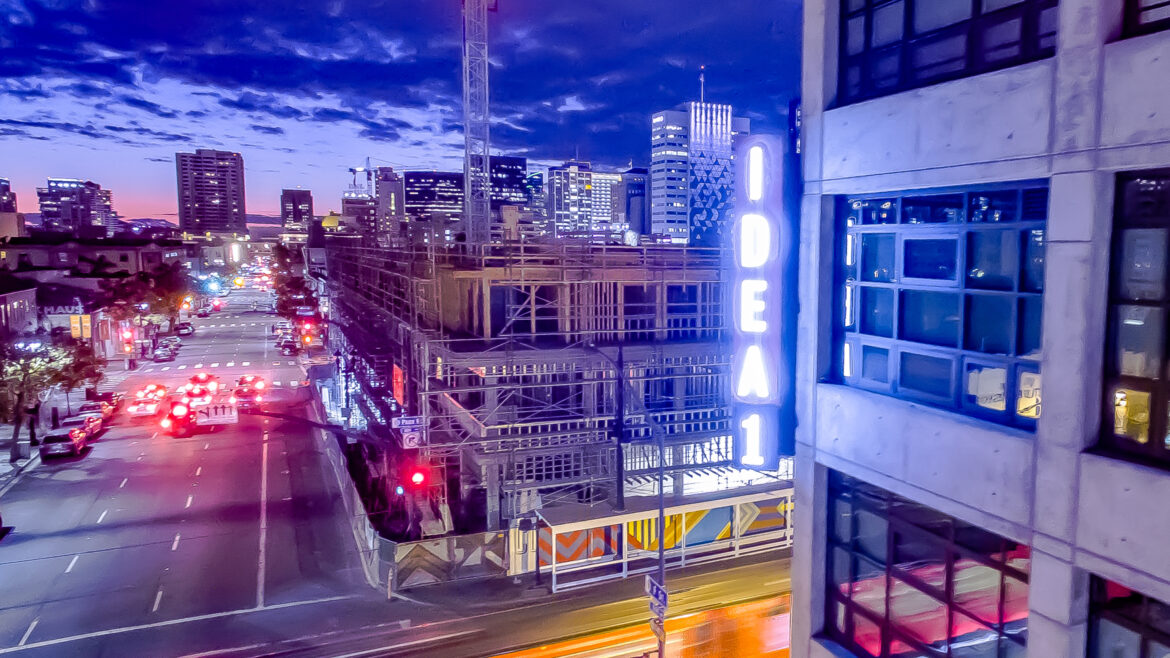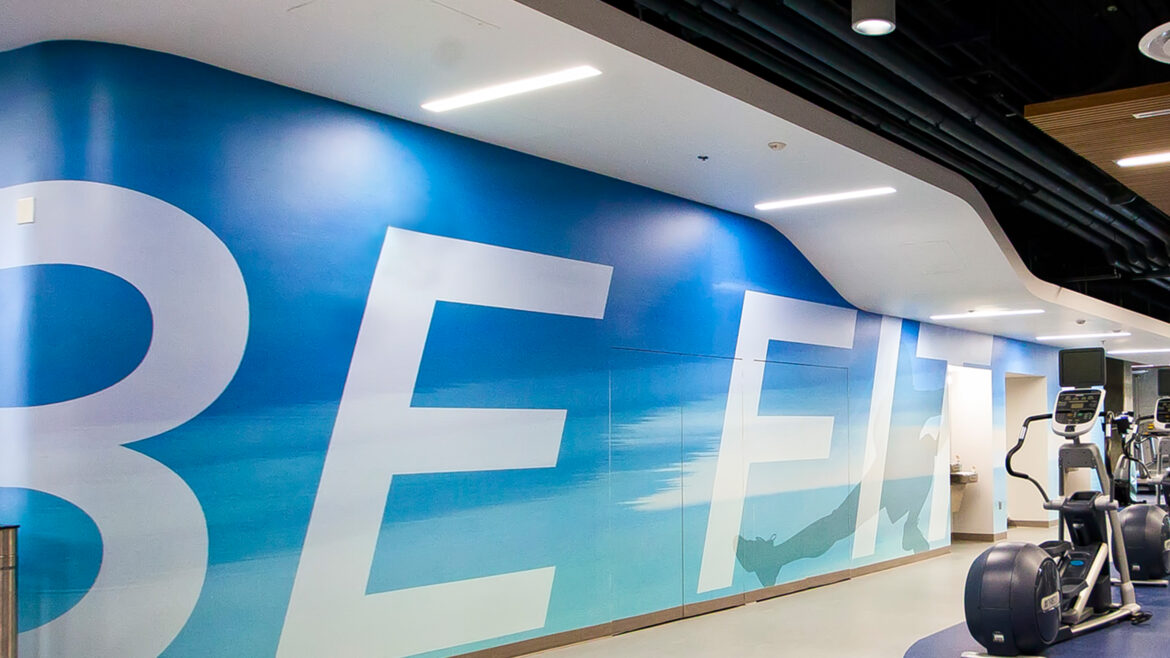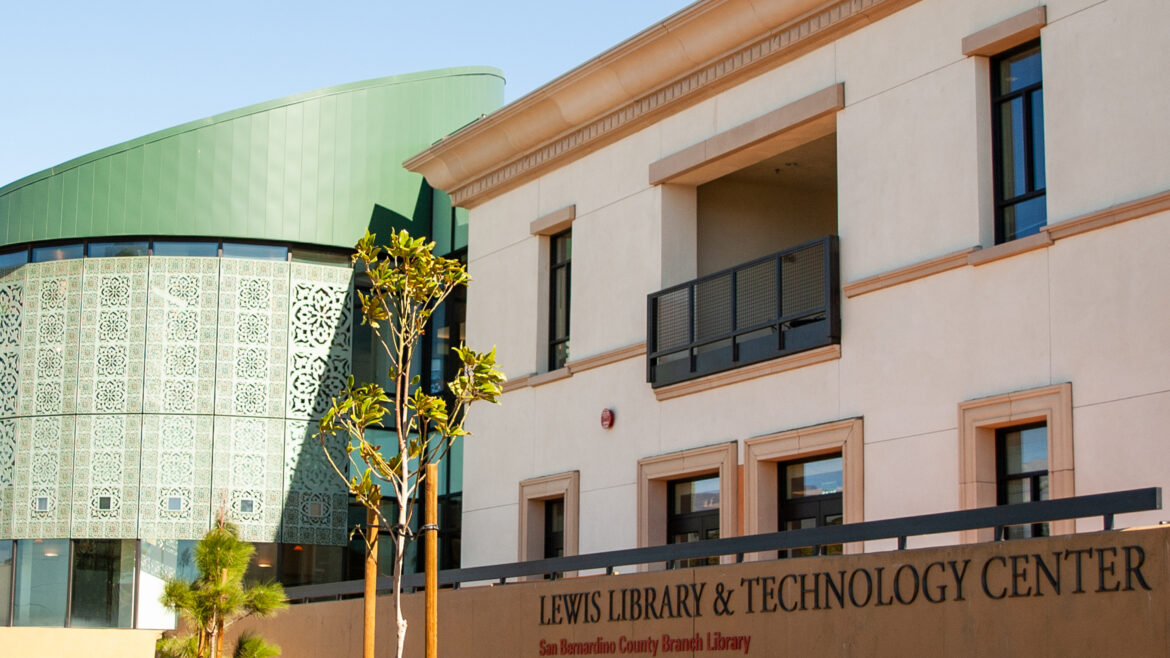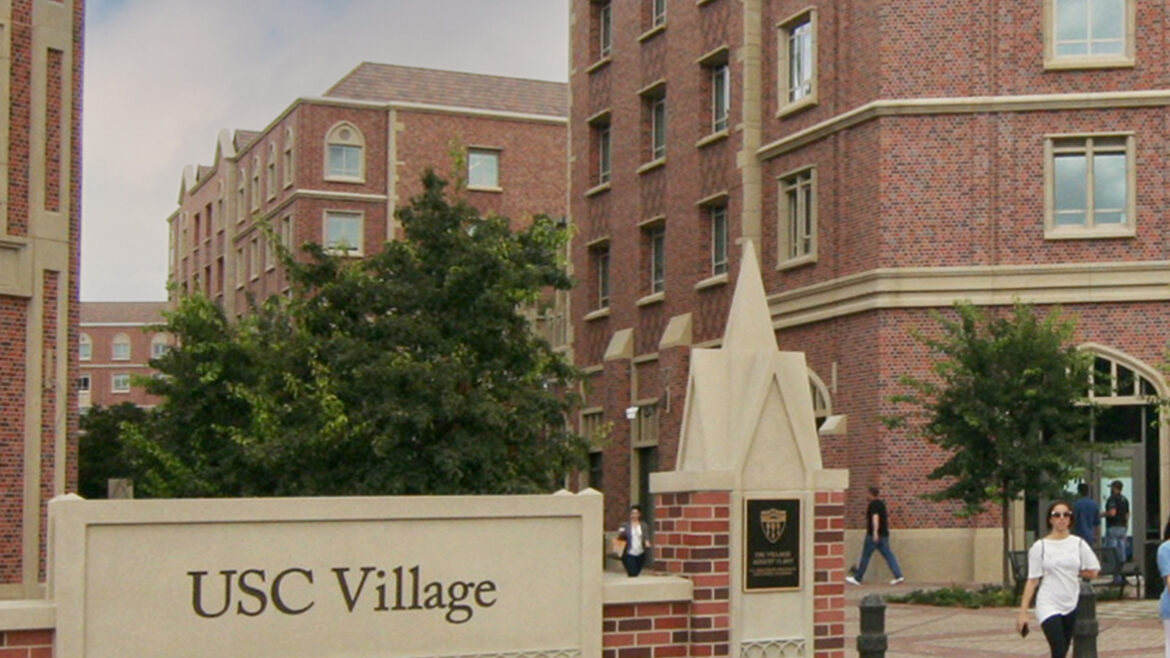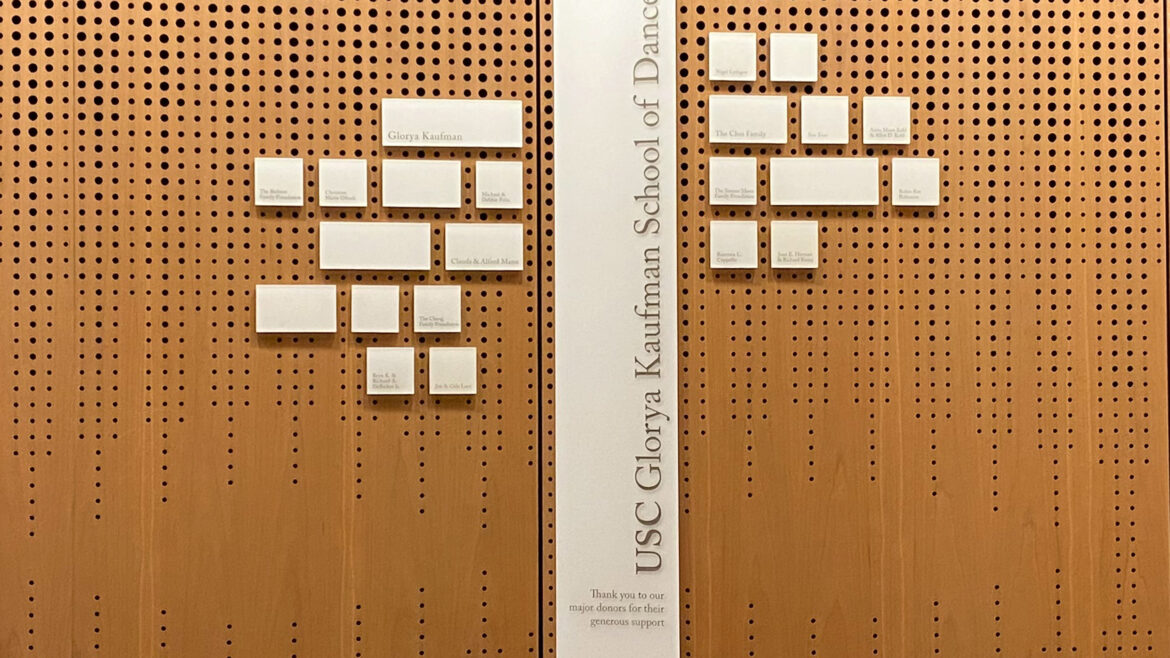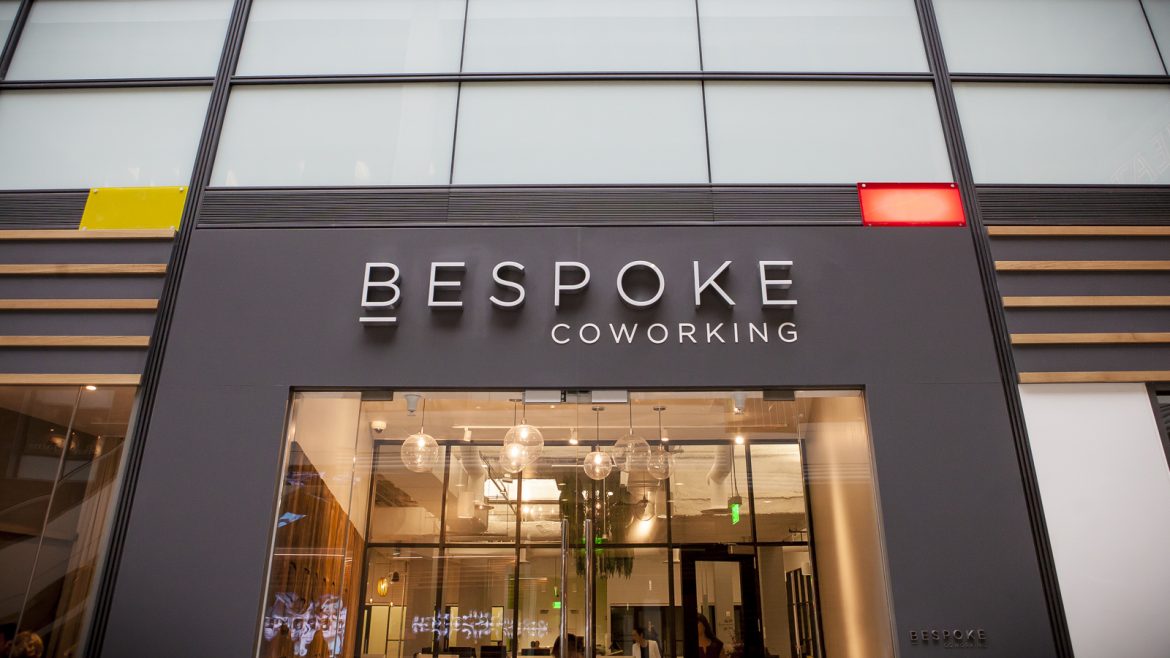Johnny Carson Park
https://linespace.com/wp-content/uploads/2018/03/JCP_feature-crop02-1024x1024.jpg 1024 1024 Max Beach Max Beach https://secure.gravatar.com/avatar/0ebf068397cd446792667025f6ebbbc2a44f82a687636a5af16fdad7acce1f13?s=96&d=mm&r=gJohnny Carson Park in Burbank, California, has undergone a significant transformation, blending ecological restoration with enhanced public amenities. The park’s centerpiece, the restored Little Tujunga Wash, now features a natural streambed, bioswales, and native plantings, offering both ecological benefits and recreational opportunities. Complementing these physical upgrades, the City of Burbank has collaborated with design firm Linespace to develop a comprehensive interpretive signage and wayfinding system that enriches the visitor experience.
Linespace’s design approach, insired by the 1960’s Johnny Carson television graphics, emphasizes clarity, accessibility, and educational value. The interpretive signage provides visitors with insights into the park’s history, ecology, and the restoration efforts of the Little Tujunga Wash. These signs not only inform but also engage the community, fostering a deeper connection to the park’s natural environment. The wayfinding elements guide visitors seamlessly through the park’s various amenities, including walking trails, playgrounds, and picnic areas, ensuring an intuitive and enjoyable experience.
The integration of Linespace’s design enhances the park’s functionality and aesthetic appeal, making it a model for sustainable urban park development. Through this collaboration, Johnny Carson Park has become a vibrant community hub that celebrates both nature and design.



